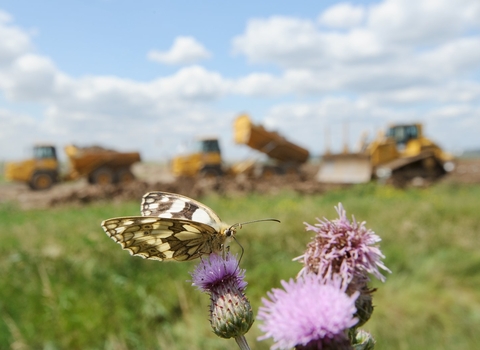As the committee stage of the Planning and Infrastructure Bill draws to a close, the Government stands firm in its uncompromising stance on environmental protections.
Environmental organisations, ecologists, policy specialists, and lawyers have voiced several concerns about the weakening of environmental protections in the Bill and have engaged constructively in talks and by offering a range of amendments.
There has also been cross party support for stronger environmental protection - from the Greens, Conservatives, Liberal Democrats, and even Labour’s own MPs. Yet despite these efforts, no significant changes have been accepted.
The Minister of State for Housing and Planning claimed to be in ‘listening mode’ but it quickly became apparent that his ‘acceptance mode’ appeared to be firmly in the off position. Amendments that have seen support from across the house which would have ensured protection for chalk streams, peatbogs and other irreplaceable habitats were asked to be withdrawn.
Ellie Chowns, Green MP for North Herefordshire, stated, referring to one such amendment, “[it] reflects public expectation, ecological and scientific evidence, and policy consistency. It would give clarity to developers and comfort to conservationists, who are deeply worried. Most of all, it would honour our obligation to protect the natural heritage we cannot afford to lose”.
It was ultimately voted down.
Take a short scan down Labour’s most recent manifesto and we can read that they “will take steps to ensure we are building more high-quality, well-designed, and sustainable homes and creating places that increase climate resilience and promote nature recovery…without weakening environmental protections.”


